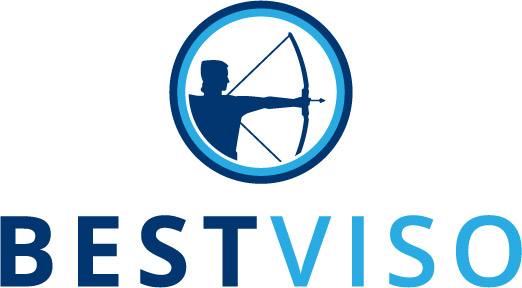Brands must continue to hold the steering wheel firmly even in stormy times. Brand models help those responsible for brand management shape the central positioning. However, rapidly changing trends and technological developments increasingly force those responsible to adjust their products at short notice. At the same time, it remains essential to preserve the central identity and core values. Yet common brand models and the related market research on brand perception often show a static state.
The Brand Holosphere Model integrates the dynamics of the market
The Brand Holosphere Model from the Brand Academy in Hamburg offers an approach that maps the diverse dimensions that are systemically relevant for brand management (Prof. Dr. Duncker and Uli Drömann). This model includes three levels: the Identity Sphere, the Market Sphere, and the Positioning Sphere.
1. Identity Sphere
At the center of the Brand Holosphere Model is the Identity Sphere. It is comparable to the brand steering wheel or the Brand Key. It forms the starting basis for all further brand-related considerations. Because the Identity Sphere represents the core that must be usable in the long term. Thus, it represents the essential area of the Brand Holosphere Model. When the model is used for the first time, identity forms the starting point. Here, the central brand values, brand personality, and benefits are to be defined. A distinction is made here between psycho-social and factual-functional benefits.
2. Market Sphere
In the second step come the consumer trends and market dynamics in the Market Sphere. Megatrends can have a major influence on the segmentation of target groups, give rise to new ones, but also drastically reduce demand. Therefore, a holistic view of societal trends is very important for sustainable brand management. (Duncker/Schütte 2018). Unlike most existing brand models, the Brand Holosphere Model also includes the differentiation of several consumer segments of a brand that should and can be addressed in brand terms. If you are conducting studies on brand positioning, then it is very useful – if not already done – to carry out psychographic segmentations of the target groups (e.g. based on need states, attitudes, drivers, and barriers). In the module Target Groups, the target group segments to be addressed are described based on their demographic characteristics, as well as their attitudes, drivers, and barriers.
In the module Market Dynamics, you list the competitive activities, new technologies, and offerings that shape the market. Additionally, you record here the market growth, volume, and government regulations. Based on the analyzed market situation and outlook, you define the main competitors. In doing so, you differentiate your brand.
3. Positioniong Sphere
In the third step, you define the positioning in the Positioning Sphere. Here, the target group insights are incorporated. In doing so, you refer to the general need that the brand aims to fulfill. Therefore, they are placed between the target groups and the brand benefits. Based on this, you define your brand design and the brand story. The brand story describes the narrative and themes that the brand should occupy, for example through content marketing. This has the advantage that it allows you to successfully combine cross-disciplinary designs from design agencies with the knowledge of market researchers and marketing professionals.
The Brand Holosphere Model: Practical Insights for Operational Implementation
The Brand Holosphere Model offers a comprehensive overview of dimensions that are relevant for both strategic and operational brand management. It thus forms a solid foundation that can be filled with input from different departments. Corporate market research plays a crucial role in this. It generates the essential data and insights from trend research that enable strategic forecasts of market dynamics. For product managers, it can sometimes be a challenge to meaningfully integrate the results of trend research into portfolio development. When trends are viewed in the context of consumer insights and market dynamics, product developers and managers are better able to place their resources on the right bet. This is supplemented by the definition and segmentation of target groups, which are then strategically used by marketing.
Brand design and the brand story are maintained by marketing. Here, corporate market researchers and brand managers should be in constant exchange. They can use this model as a joint positioning and structuring tool. It allows various data sources to be brought into context—sources that were previously often handled by different departments. In this way, a simple steering wheel becomes a command bridge that is technically up to date and meets the diverse environmental demands of brand management.
Would you like to learn more about the possibilities for repositioning your brand? Contact us – we’re happy to help!

